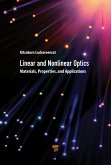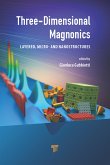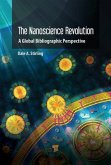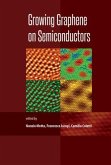Developments in nature and materials sciences are based on the investigation and understanding of nano-scaled properties of matter. This book presents the developments in X-ray diffraction and scattering methods.
High-resolution x-ray diffraction and scattering is a key tool for structure analysis not only in bulk materials but also at surfaces and buried interfaces from the sub-nanometer range to micrometers. This book offers an overview of diffraction and scattering methods currently available at modern synchrotron sources and illustrates bulk and interface investigations of solid and liquid matter with up-to-date research examples. It presents important characteristics of the sources, experimental set-up, and new detector developments. The book also considers future exploitation of x-ray free electron lasers for diffraction applications.
High-resolution x-ray diffraction and scattering is a key tool for structure analysis not only in bulk materials but also at surfaces and buried interfaces from the sub-nanometer range to micrometers. This book offers an overview of diffraction and scattering methods currently available at modern synchrotron sources and illustrates bulk and interface investigations of solid and liquid matter with up-to-date research examples. It presents important characteristics of the sources, experimental set-up, and new detector developments. The book also considers future exploitation of x-ray free electron lasers for diffraction applications.








